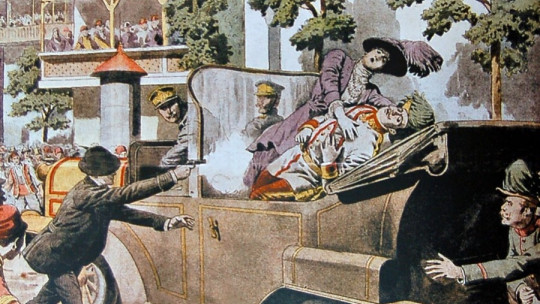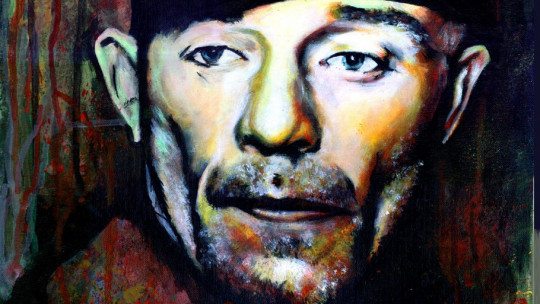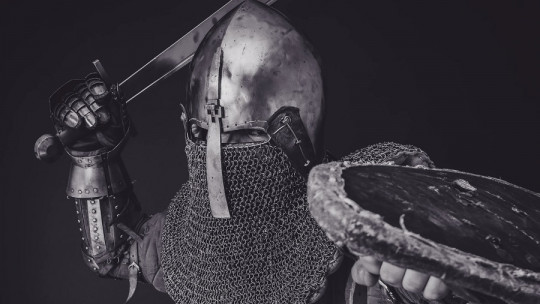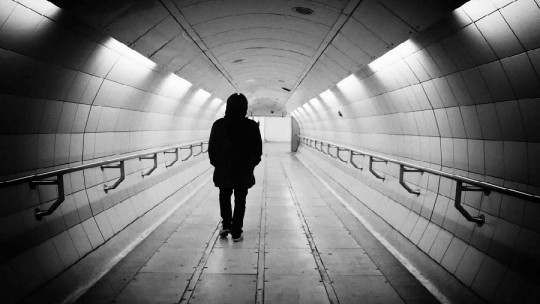There are many characters who have gone down in history more for their tragic end than for their biography. Killed mostly for political reasons, these crimes have changed the course of history. Next, we present 5 of the most famous murders summarizing how these events that marked society occurred.
5 famous murders in history
Would the history of humanity have been different without the tragic disappearance of these characters? We will never know. What we can assure is that each and every one of the murders that we present below have had a weight (sometimes decisive) in the course of events.
1. Elisabeth of Bavaria, Sissy (1837-1898)
The life of Elisabeth of Bavaria, better known as Sissy, has come to us through the movies much more sweetened than it really was. In fact, The Empress of Austria-Hungary had an unstable character and felt a terrible hatred towards the Viennese court from which he tried to escape whenever possible.
In one of these “escapes”, when he was almost 61 years old, Sissi found himself on the shores of Lake Geneva, in Switzerland. She had stayed at the Beau-Rivage hotel in Geneva under the pseudonym she usually used to blend in: Countess Hohenems. On the afternoon of September 10, she and her lady-in-waiting, Countess Irma Sztaray, were hurrying to reach the boat that was to take them to the other shore of the lake.
On the way, a young man bumps into the empress and runs away. The lady-in-waiting approaches solicitously, fearful that the man has stolen the beautiful gold watch that Elisabeth wears pinned to her chest. The watch is still in her place, and the empress just looks scared. But, a few minutes later, Sissi vanishes. When they try to unbutton her corset so that she can breathe better, they realize that what seemed like a robbery has actually been a murder: the young man, who turned out to be the anarchist Luigi Lucheni, had stealthily stabbed him in the heart with a stiletto
Lucheni’s desire to become a martyr for the anarchist cause was not satisfied, since capital punishment had already been abolished in Geneva. Lucheni was sentenced to life imprisonment. In 1910, he hanged himself in his cell.
2. Jean-Paul Marat (1743-1793)
If there is a symbol of the French Revolution, it is the painting in which the painter Jacques-Louis David portrays his friend Marat shortly after being assassinated. The canvas was made for the National Convention, and elevated the Jacobin to the altars of the “martyrs of the Revolution.”
Marat had founded the newspaper L’ami du peuple (The friend of the people), from where he directed his incendiary harangues and from where he asked for more and more heads. The Revolution was at its bloodiest moment; The Jacobins’ political rivals, the Girondists, had fled Paris. France was plunged into a kind of civil war.
In French Normandy there lived a 25-year-old girl named Marie-Anne-Charlotte Corday, a fervent republican and staunch follower of the Girondins. Disappointed by the defeatist attitude they had adopted in the face of the Jacobin victory, the young woman decided to take the reins of the nation’s destiny. Thus, in July 1793 she headed to Paris, with the intention of killing Marat, whom she considered guilty of all the revolutionary terror.
On July 13, Charlotte went to Rue des Cordeliers, where the “people’s friend” lived. She requested an audience to pass on sensitive information, which included several names of Girondin traitors. Confident of her, Marat let her pass. The man was submerged in his bathtub, as he suffered from a skin disease whose pain was only relieved by hot water. While carefully writing down the names of the traitors, Charlotte pulled out a dagger and quickly plunged it into his chest
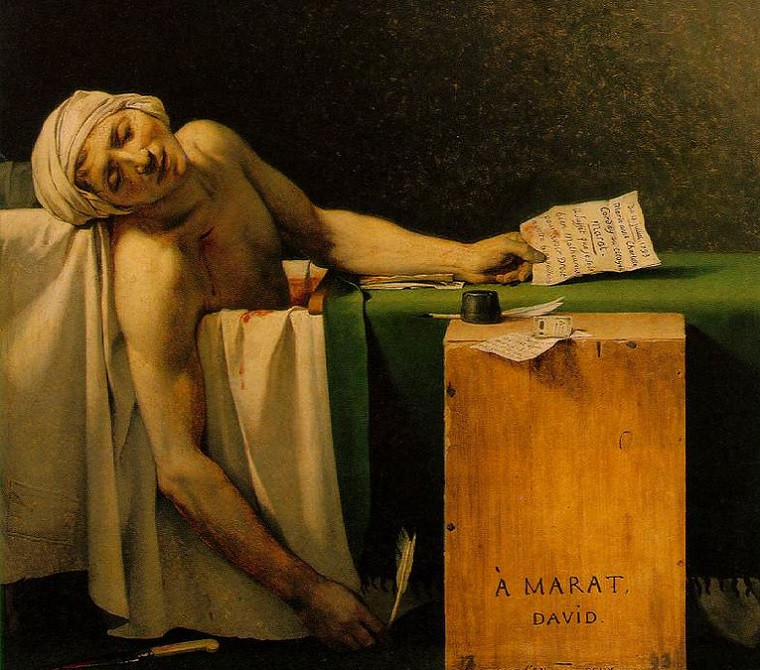
The young woman would soon be put through the guillotine, vilified by some and admired by others, and her action became a legend. However, the Terror would still flood France with blood for a few more months.
3. Abraham Lincoln (1809-1865)
On the night of April 14, 1865, the president of the United States, Abraham Lincoln, was with his wife at Ford’s Theater in the city of Washington. The couple, who were attending a performance of Tom Taylor’s Our American Cousin, arrived somewhat late due to a last-minute matter that the president had to resolve. The actors paused for a few minutes while the audience greeted Lincoln and his wife with resounding applause.
The murderer, John Wilkes Booth, had arrived at the building around 9 p.m., where he entered through the artists’ entrance. Booth was a professional actor; He knew perfectly well the play that was being performed and knew when was the right time to act In the third act, there was a scene that always raised loud laughter among the audience. That’s when he fired his gun at the president’s head. The explosion was deafened by the laughter of the spectators.
Immediately, Henry Reed Rathbone, a soldier who accompanied the president that night, tried to catch the assassin, but he wounded him and managed to get rid of Rathbone. Wilkes Booth leaped from the box and landed on the stage, where, according to some historians, he cried: “Sic Semper tyrannis!” (Always like this to tyrants!), although other versions suggest that the phrase was “The south has been avenged!” Booth managed to escape from the theater, while Lincoln was dying in the box, treated urgently by a surgeon who was among the audience. He died a few hours later, on the morning of April 15.
John Wilkes Booth and his accomplices were arrested a few days later. All of them were loyal to the southern cause, desperate for the recent defeat of the Confederate States of the South. Lincoln’s assassin was shot at the farm where he had hidden.
4. Franz Ferdinand of Austria (1863-1914)
It is possibly one of the best-known murders and one that has had the most impact in history, since It was the direct trigger of nothing less than the First World War
On June 28, 1914, Archduke Franz Ferdinand, nephew of Emperor Franz Joseph of Austria and heir to his empire, was in the city of Sarajevo, the capital of the Austrian province of Bosnia and Herzegovina. Around 10 in the morning, a bomb bounced off the back of the car in which the archduke and his wife, Sofia Chotek, were traveling. The archdukes managed to reach Sarajevo City Hall unharmed.
Fearful for their safety, Francisco Fernando and his wife canceled their visiting schedule and decided to travel by car through other streets, always avoiding the city center. Bad fortune meant that the driver was not aware of the instructions and took the usual route. It was then that Gavrilo Princip, one of the terrorists, approached the car and fired two shots at point-blank range that hit the archduke’s neck and Sofia’s abdomen squarely. Both died a few minutes later.
Princip was part of a group of radical Serbian nationalists who advocated for the liberation of Bosnia of the Austrian empire. What would have ended “only” with a war between Austria and Serbia, ended up becoming a war that involved the entire continent. A dangerous game of dominoes that resulted in 4 years of war and more than 17 million deaths.
5. Grigori Rasputin (1869-1916)
From illiterate peasant to trashy mystic and, finally, confidant of the Russian tsars. That was the dazzling rise of this sinister character, whose presence at the Russian court was another cog in the gear that would unleash the Russian Revolution.
A womanizer, drunk and quarrelsome, Rasputin (literally, “the depraved” in Russian) arrived in Saint Petersburg walking and selling both religion and sex. His great success was reaching the side of the Empress Alexandra, whose son, Tsarevich Alexei, suffered from terrible hemophilia. The Tsarina felt tremendously guilty, since she had been the one who had transmitted this disease to her little one, inherited from her, in turn, from her grandmother, Queen Victoria. Rasputin took advantage of Alexandra’s emotional weakness and her exalted religiosity to offer her a consolation that she considered unique. Much more than that; When Rasputin was near him, the boy miraculously healed from his lethal hemorrhages.
Some historians claim that Rasputin knew about hypnosis and that he used it to induce the Tsarevich to a state of total calm , which made his body react positively. Be that as it may, Alejandra soon demanded that the starets, that is, the “holy elder”, remained at his side. Quickly, Rasputin’s influence was not limited to healing and religion, but extended to politics.
The nobles who formed the tsar’s clique knew this, and for this reason they detested him. A plot was soon formed to end the harmful influence that Rasputin had on the tsars. On the night of December 30, 1916, Prince Yusupov summoned the starets to an intimate dinner in his palace on the banks of the Neva. Yusupov knew Rasputin’s weakness towards beautiful women, and Irina Yusupova, the prince’s wife, happened to be one of the most admired beauties in the city. So Rasputin went to the meeting, encouraged by the drink, the sweets and Irina.
The pastries had been carefully poisoned, but the conspirators watched with open mouths as Rasputin devoured them, one after another, without fainting. After a while it was clear that the poison had no effect, so Yusupov decided to cut it short. He took a revolver and shot his guest, who collapsed to the ground. They closed the room with the supposed corpse inside and began to deliberate what to do next.
When they opened the door again, the body was gone Suddenly, and to everyone’s astonishment, they saw a figure running through the gardens. Yusupov and his colleagues lost their minds. They went out into the garden and shot Rasputin again, who fell to the ground again. This time, he looked dead.
The conspirators surrounded the body with chains and threw it into the icy waters of the Neva. When the body was discovered, it was found that the lungs were full of water, indicating that Rasputin was still alive when he went into the river… and that, after the poison and the gunshots, he had drowned.

